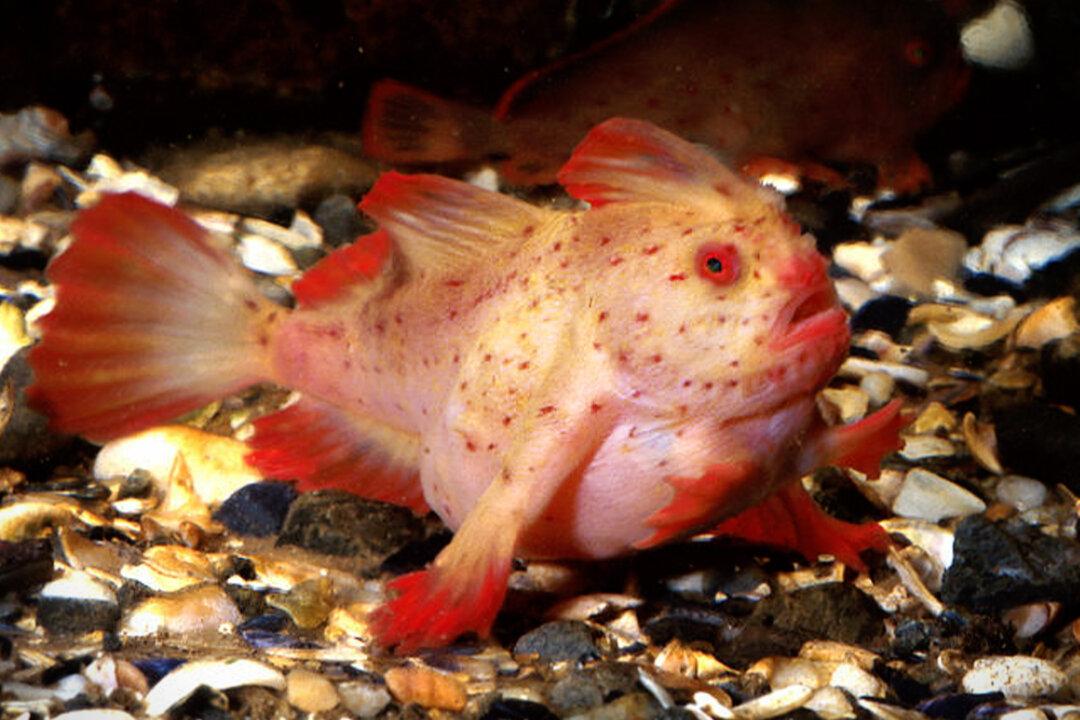Ocean researchers conducting a survey off the coast of Tasmania recently had a rare and exciting encounter with a “walking” pink handfish—a strange swimmer that hasn’t been sighted in 22 years.
Lowering a baited camera to the seafloor to observe deep coral reefs in the Tasman Fracture Marine Park—a protected area the size of Switzerland—the scientists captured new footage of the unusual species last spring.






